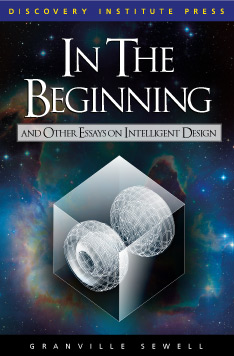In this thread, I will suggest the identity of Intelligent Designer of life. The question of the identity of the Intelligent Designer is outside of ID proper, but if a design is detected, it inspires the question, “who is the Designer?”
If the identity of the Intelligent Designer is outside of ID proper, is it outside the speculations of science? I think not. As Dawkins himself once remarked:
You then realize that the presence of a creative deity in the universe is clearly a scientific hypothesis. Indeed, it is hard to imagine a more momentous hypothesis in all of science.
Richard Dawkins
as reported in Dawkins on the Discovery Institute Payroll?
In that spirit, rather than offer a theological speculation, I will offer a speculation based on inference from scientific observation. And I will argue scientific observation suggests the Intelligent Designer is a Deity of some sort.
To begin, I point out this essay in the prestigious scientific journal Nature in 2005 by physicist Richard Conn Henry:
“The ultimate cause of atheism, Newton asserted, is ‘this notion of bodies having, as it were, a complete, absolute and independent reality in themselves.’”
…
The 1925 discovery of quantum mechanics solved the problem of the Universe’s nature. Bright physicists were again led to believe the unbelievable — this time, that the Universe is mental.
…
According to Sir James Jeans: “the stream of knowledge is heading towards a non-mechanical reality; the Universe begins to look more like a great thought than like a great machine. Mind no longer appears to be an accidental intruder into the realm of matter…we ought rather hail it as the creator and governor of the realm of matter.”
….
The Universe is immaterial — mental and spiritual.
Richard Conn Henry
The Mental Universe: Nature Volume 436
Read More ›

